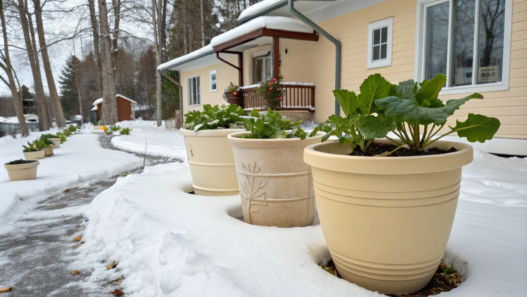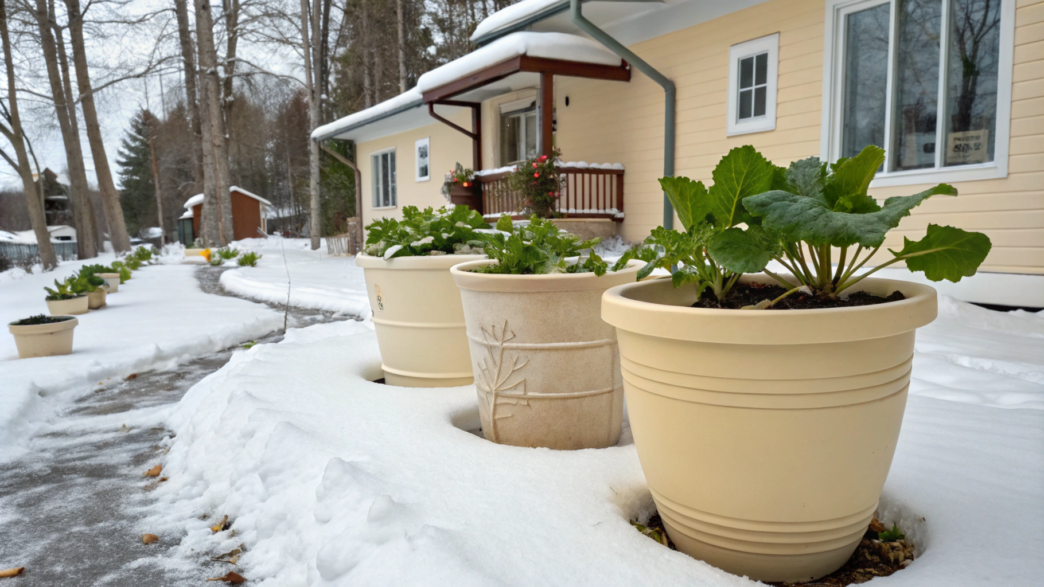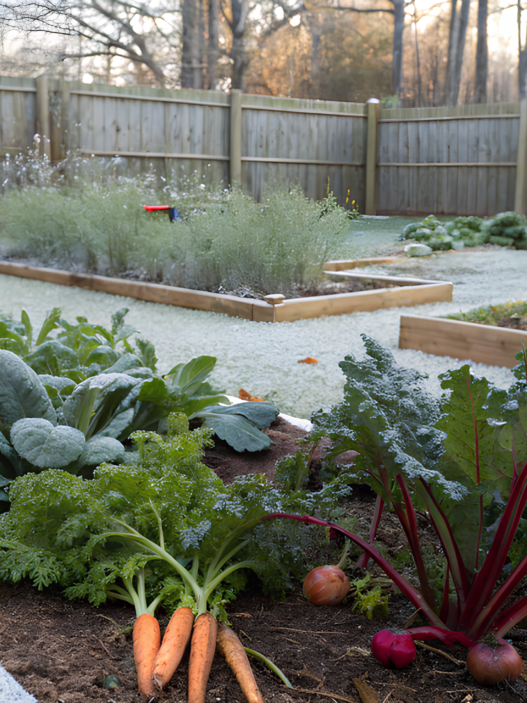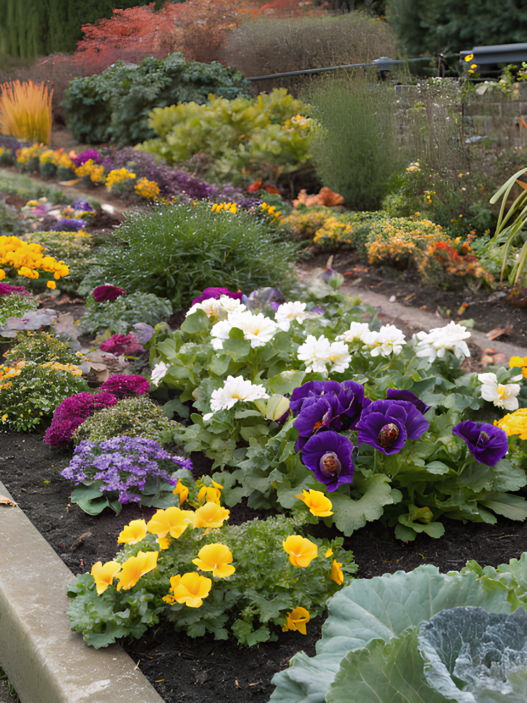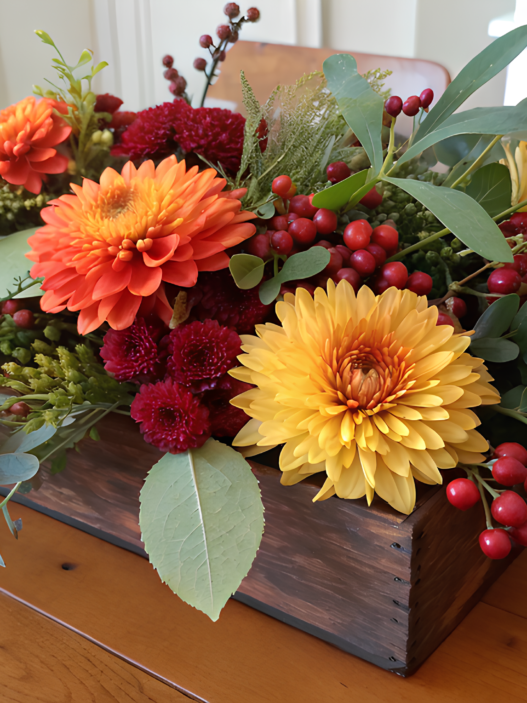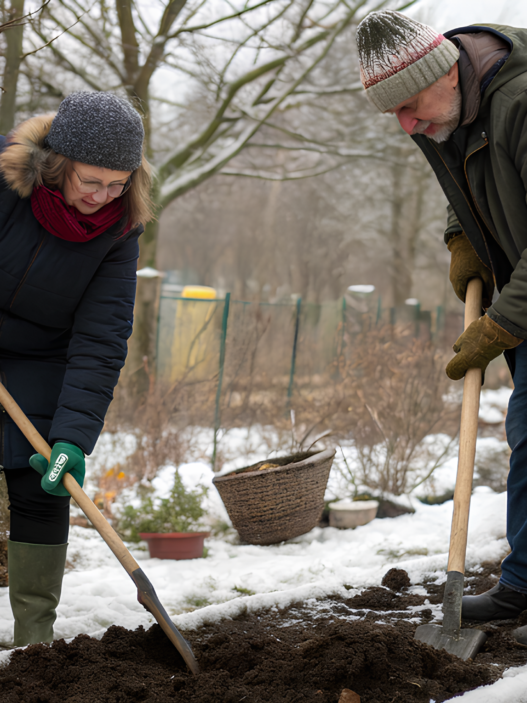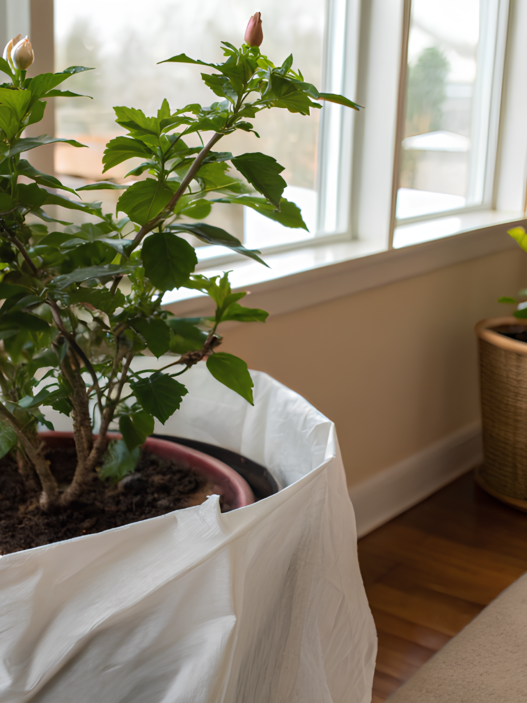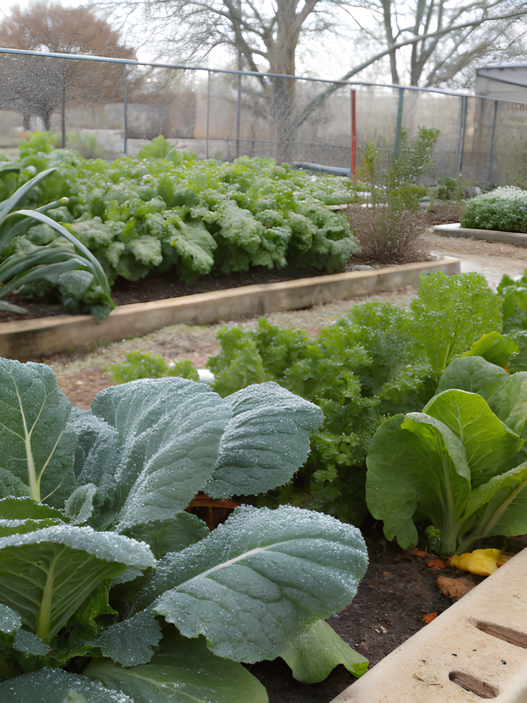When the cold weather approaches and temperatures gradually begin to drop, some gardeners think the end of the season has arrived. Fortunately, this is not the case. Container gardens for winter open up new possibilities, thereby gifting us with fresh, flavorful vegetables and plants even during the colder months. If you are not ready to say goodbye to gardening with the onset of cold weather, a winter container gardening is a worthy solution.
In this article we will try to find the most suitable plants for a winter container garden, look at basic tips for caring for them, and ways to maximize the use of garden space in winter. Here I will also talk about some of the products that help the garden stay healthy in winter.
Benefits of winter container gardening
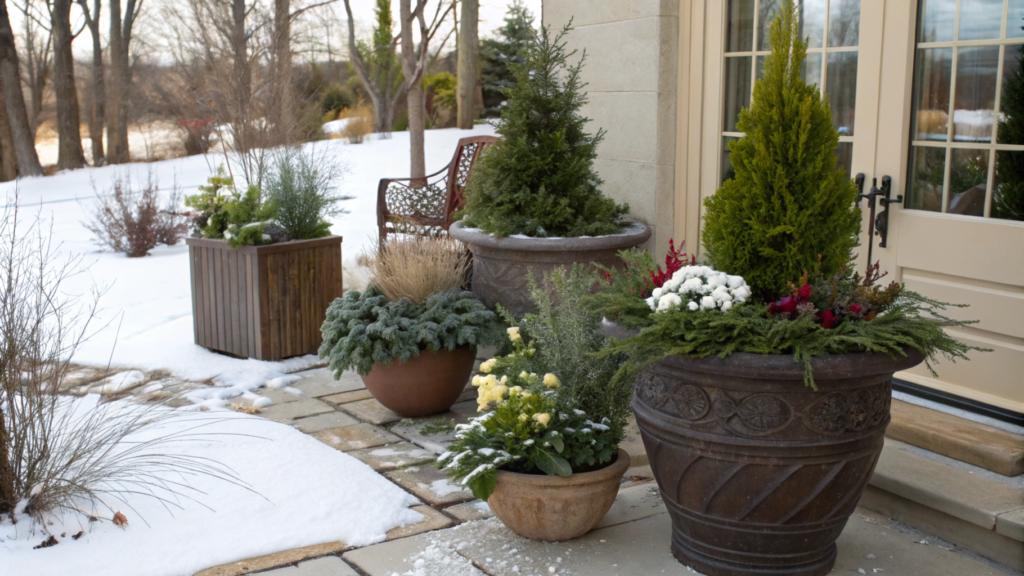
Container gardening gives protection to plants, which is especially important in winter. Of course, when plant roots are in containers rather than frozen ground, you can better control soil temperature and soil moisture levels. And since the containers are portable, they can be moved around, easily moved to sunny areas or, if necessary, brought indoors if the weather suddenly starts to turn bad.
From personal experience, I can say that container gardening for Idaho’s harsh winters is a real help. It gives us the opportunity to grow the herbs and greens we use for home-cooked meals right in our backyard, and sometimes on our kitchen windowsills, I’ve been there.
Choosing Containers for Winter Gardening

As you can see, choosing the right containers is of utmost importance. First of all, pay attention to the materials the containers are made of, they must be durable so that they can withstand frost and not crack when frozen. Personally, I especially like ceramic and thick-walled plastic pots. Note that for reliable root protection, containers with a depth of at least 30-35 cm are suitable.
A few recommendations from Amazon that are worth considering:
- Self-watering pots. They maintain constant soil moisture, even if you forget to water. They are good for winter greens.
- Insulated containers. They add an extra layer of protection for the roots. I think this is a great investment, especially for perennials like rosemary.
To protect containers from freezing, try wrapping them in burlap or insulating them with straw so that the roots stay warm and can “breathe”.
Plants for winter container gardening
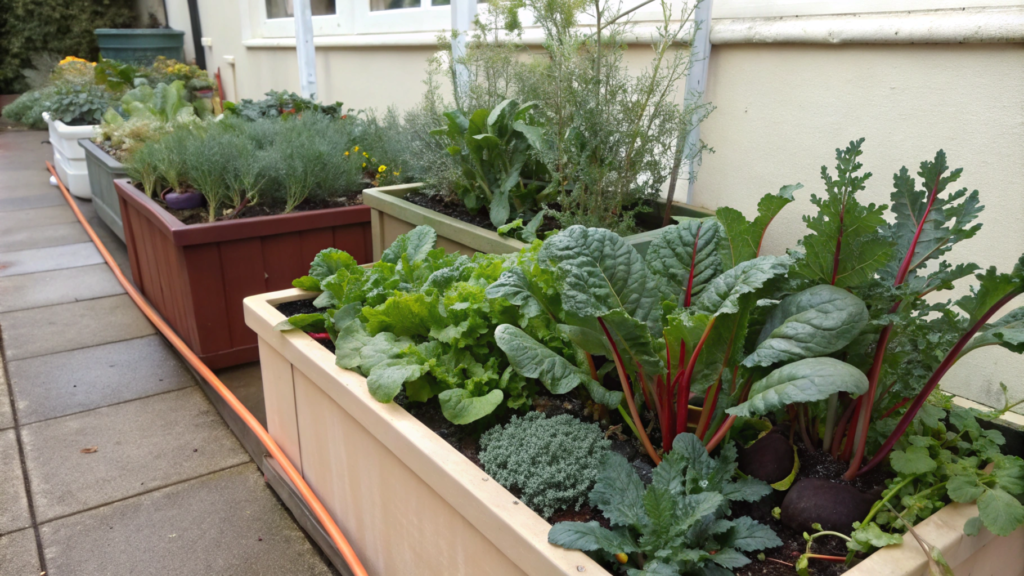
If you’re a fan of fresh herbs for salads or fragrant herbs to diversify the flavors of new dishes, there are many plants that grow beautifully in winter containers. I’ll list my favorites:
Leafy greens and salad mixes
Leafy crops such as spinach, kale and chard do well in winter container gardens and tolerate overnight frosts just fine. Their shallow roots fit comfortably in small containers that can even be placed on a windowsill for extra warmth if needed.
I remember our first winter when we first grew spinach on the porch, watching with bated breath as it gradually produced tender leaves. Each time we harvested it a little at a time, it felt like a true gift.
Herbs
Herbs such as thyme, rosemary and chives are great for winter dishes, giving them extra flavor and making them easily tolerate the cold. Basil isn’t too fond of the cold, but mint, sage and parsley feel great. And rosemary, it grows especially well in large pots that can be brought inside when the weather gets very cold.
A great indoor herb growing kit can be found on Amazon, and we often use it to grow winter herbs if we don’t want to breed them from cuttings.
Root vegetables
Radishes, carrots and beets are great for large containers. These root vegetables are surprisingly cold tolerant and grow well in deep containers. Beets, in particular, produce bright greens that are just as tasty as their root vegetables.
We tried planting radishes at the beginning of winter and it has quickly become a tradition, they grow beautifully and nothing can compare to their fresh crunch, especially when there is snow outside!
Tips for caring for a winter container garden
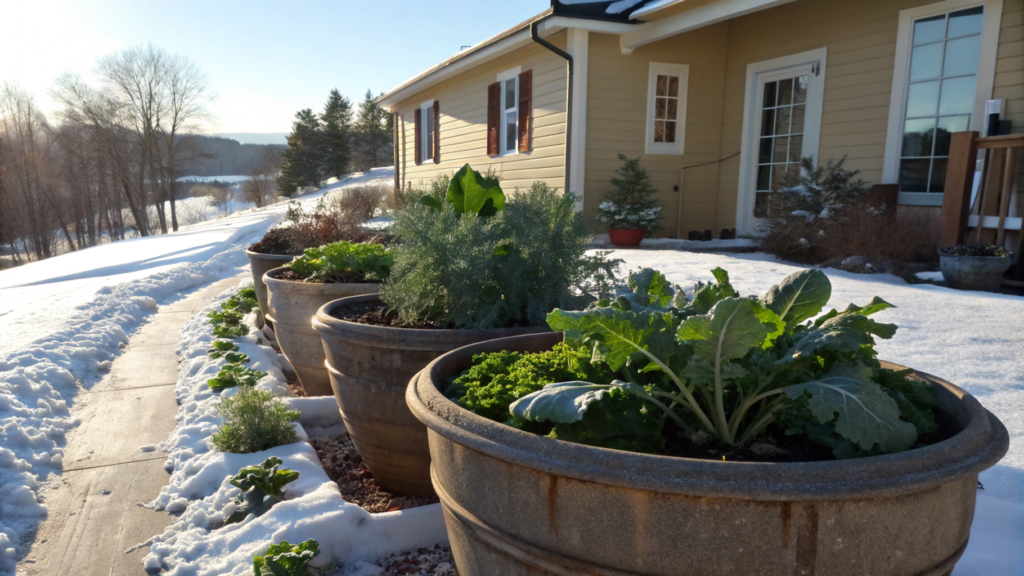
Creating a winter container gardens comes down to a few simple tips:
1. Location
Choose garden locations with maximum sunlight. For outdoor containers, this is usually south facing, and if the plants are indoors, choose brightly sunlit windowsills. For extra light, take care of plant bulbs as they need extra light.
2. Watering
In winter, of course, plants in containers do not need as much water as they do in summer because the temperature is lower, which greatly reduces evaporation. Nevertheless, plants should not be allowed to dry out completely. Use moisture meters for this; they help keep the soil slightly moist without overwatering, leading to root rot.
3. Moderate fertilization
Plants don’t need a lot of fertilizer in the winter, but a light feeding every 4-6 weeks with an organic fertilizer will help them get the nutrition they need. I prefer to use compost tea for this purpose, it is quite mild but effective.
4. Mulch for insulation
A layer of straw mulch on the soil surface insulates the soil and insulates it from freezing, helping to retain moisture. This is especially useful for leafy greens and grasses.
Frequent problems and their solutions
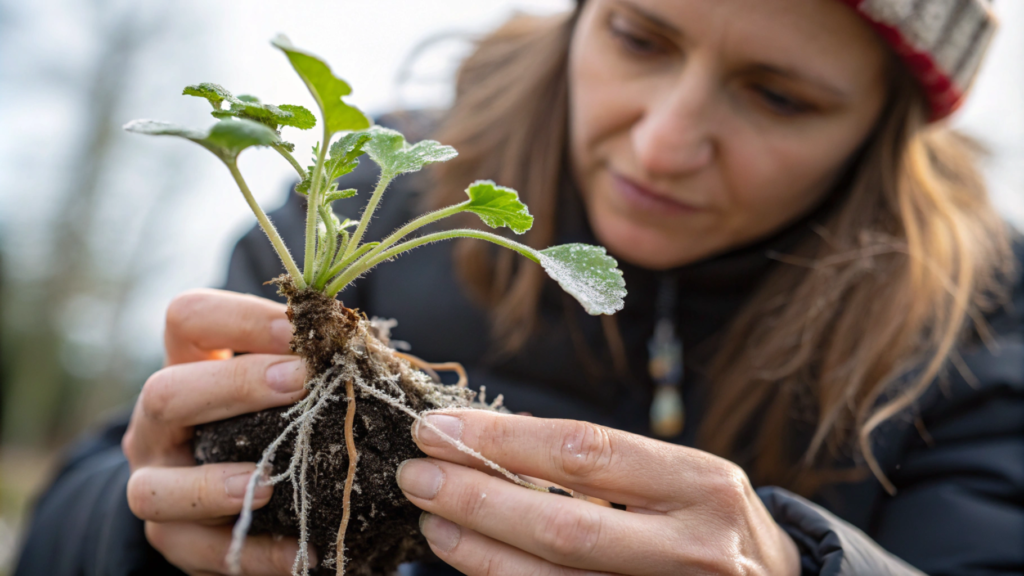
Of course, winter container gardening is often a pleasure, but it is still not without its challenges:
Freezing soil
When soil freezes, roots can become damaged. This won’t be a problem if you elevate containers or wrap them with burlap for extra insulation and warmth. And on particularly cold nights, you should bring small pots inside; this will also keep your plants safe from extreme frost.
Lack of light
Naturally, the days are shorter in winter and there is less sunlight. This problem is also solvable. Using full-spectrum bulbs for a few hours each evening will help keep your plants growing properly. These lamps mimic natural daylight and are indispensable if you are growing plants indoors.
Indoor pests
Oddly enough, indoor plants can suffer from pests too. Small mosquitoes and aphids sometimes make their way into indoor conservatories. Try using organic pest control methods like neem oil, or add sticky traps to get rid of insects.
A step-by-step guide to creating a winter garden
So, what do we need to create a winter container gardens from scratch.
Step 1. Prepare containers and soil
Start with a quality soil mix. It should be a light and well-drained soil, as heavy soil can lead to root rot in winter. Add some perlite or vermiculite to keep it light.
Step 2. Plant selection
Here it all depends on your preferences. It’s good to combine leafy greens and herbs in small pots, while deep containers are reserved for root crops. Here’s a guide to choosing winter crops for more tips.
Step 3. Planting and placement
After planting, place the containers in places that get the most sunlight. Don’t forget that small containers can be brought into the house when it’s freezing.
Tip. Adding wheels to heavy pots will make them easier to move and save you from dragging them around.
Step 4: Constant care
Keep your soil moist and feed your plants once a month. Keep an eye on the plants for signs of early stress and adjust care as needed.
How to maintain a winter garden year after year
A winter container gardening can be a constant source of joy, aroma and fresh produce during the cold season. And it doesn’t matter what you grow – spinach or kale, or just experimenting with new herbs. Don’t leave it unattended, periodically inspect the roots and trim off damaged parts, monitor the soil moisture.
So put on your gardening gloves, grab a few pots and let’s see what feats you are capable of in your garden!
